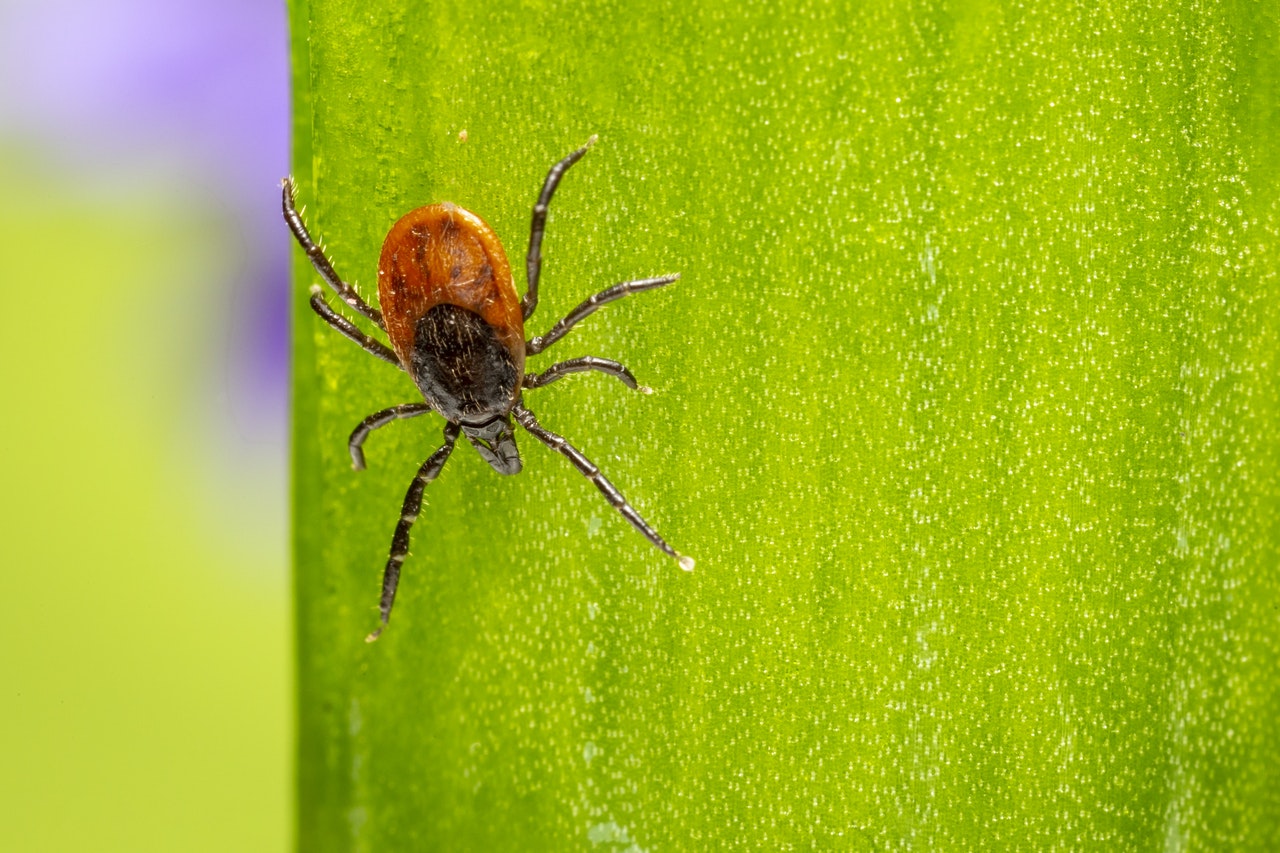In the US flu vaccines proved ineffective last winter when several cases were popping up. Officials are afraid this might be a warning that things could get worse in the fall.
Last winter the US experienced a lot of lab-confirmed cases for a type of flu against which vaccines were only 60% successful. According to results from a study by CDC, the vaccine from last season was even worse and could only prevent half of the infections the one before it could.
For another kind of flu that causes major illness in the population, vaccines have proven only 30% successful in preventing it from happening.
Brendan Flannery is part of the U.S. Centers for Disease Control and Prevention’s system for evaluating vaccines. According to him, it is rather alarming to see what such data suggests. It can be seen that these results are suggesting a decrease in the success of vaccines against several strains.
These results come just in time as health officials prepare for a crucial flu vaccination campaign. For the campaign, they have some 180 million prepared doses of vaccine. As coronavirus continues to rage across the globe, US health officials fear they might experience a second wave of coronavirus infections. Thus Health officials are aiming at reducing the patients of flu to provide space in hospitals for coronavirus patients instead.
Looking at numbers recorded by CDC we can see that even in the last flu season, hospitals received a surge of 22 million visits on top of 575,000 hospital admissions. The flu also caused 40,000 deaths which are a cause of concern if the nation is to deal with the second wave of coronavirus.
Also read: New Report Highlights the Increase In Type B Flu Virus Cases in USA
Usually, vaccines are considered effective only if they work 90% against diseases, the vaccine for flu however is an exception. It is an exception because developing a vaccine for flu is difficult as the virus evolves and changes faster than other viruses. The average success of flu vaccines is about 40% but the average for last season however came down to 39%.
There were two distinct waves during the last flu season that came around the winter months. The two waves were causes by separate viruses. The two flu bugs that dominated the virus were highly dangerous to children. In the end, the season proved hard for the health of children as a consequence.
In that very season, health officials reported 185 US flu deaths in only children; this was an alarming number as it was the highest total reported in a decade. There may have been lags in reporting, officials say explaining how more cases may still add up to the number.
A detail from the deaths that occurred in that season shows that these kids were not vaccinated. The effectiveness of the vaccine in children is an important major concern.
Flannery notes that a type B strain of flu was responsible for the majority of the illnesses that were reported in the early season. It was also the cause of illnesses in children during the whole of that winter. In children, the effectiveness of the vaccine was about 39% against that specific strain.
The same vaccine however performed poorly against the Type A H1N1 strain that drove the second wave of the illness. It was so ineffective in children as young as 6 months old to those aged 17 that it was nearly impossible to statistically say what the number of success was.
Even in adults, the vaccine didn’t perform very well and health officials cannot explain why that happened. Flannery however believes it could be because the virus had changed.
This year to avoid the scenario seen in the last flu season, health officials altered the components of the vaccine. They hope that this year around, the vaccine will prove a better fit. As the second wave of coronavirus draws near, all hope banks on the effectiveness of flu vaccines to contribute to the health of the population in the US.


